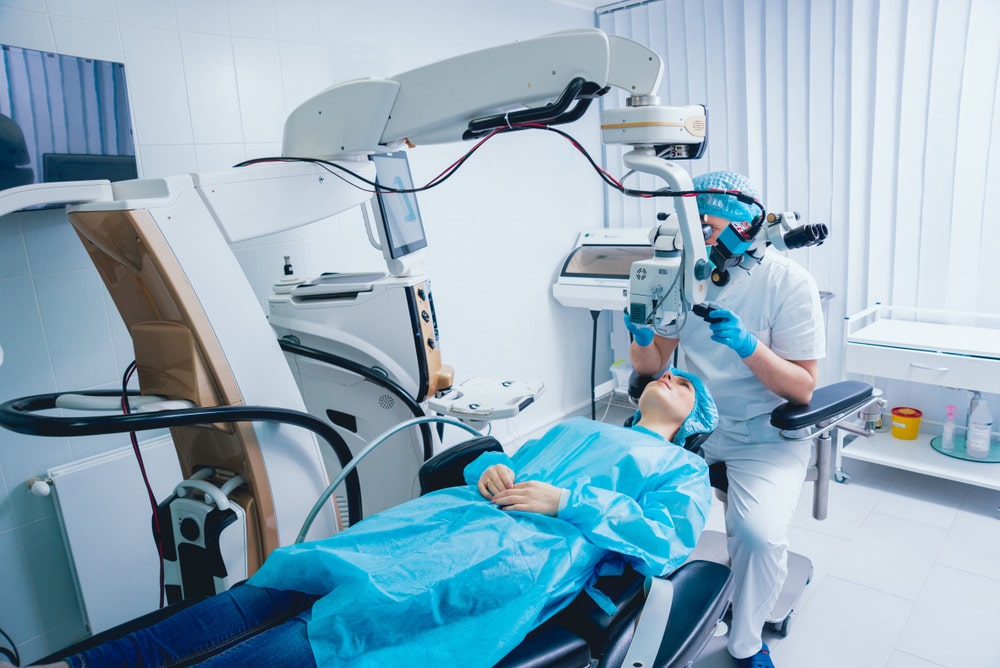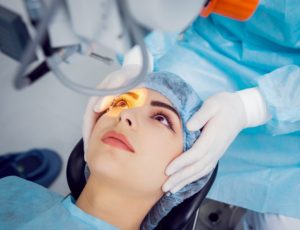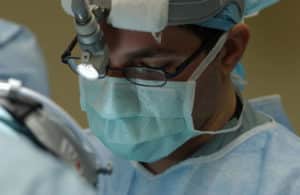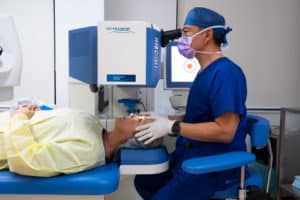Glasses and contact lenses have long been essential tools for addressing vision impairments, but they come with certain drawbacks that have led many people to seek alternative solutions to improve their vision. That is where LASIK (Laser in Situ Keratomileusis) comes in—a form of laser eye surgery that has helped millions achieve better vision. If you are interested in potentially undergoing this life-changing procedure, read on to gain a thorough understanding of how it works and what to expect.

Introduction To LASIK: A Brief Overview Of Laser Eye Surgery
LASIK is a type of refractive eye surgery used to correct common vision problems such as myopia (nearsightedness), hyperopia (farsightedness) and astigmatism. It modifies the shape of the cornea—the clear front part of the eye—to allow light to be correctly focused on the retina, thus improving vision. Other laser eye procedures include PRK (Photorefractive Keratectomy) and Lenticule Extraction surgery (SMILE, SILK, CLEAR, SmartSight), however LASIK is often the procedure of choice given the fast recovery time and ability to treat a wide range of glasses prescriptions.
Pioneered in the 1980s, LASIK has come a long way in terms of precision and efficacy. With the use of state-of-the-art lasers and advanced techniques, LASIK has become a quicker, safer and more reliable solution for vision correction. LASIK is approved for use in US Air Force pilots and NASA astronauts, showing just how safe and reliable this treatment option is.
The Science Behind The Laser: How LASIK Reshapes The Cornea
The cornea is like a camera lens that focuses light onto the retina—the back wall of the eye where images are formed. If the cornea is misshapen, or the steepness of your cornea doesn’t match the length of the eye perfectly, the light won’t focus properly on your retina, causing blurred vision. LASIK uses an excimer laser—a type of ultraviolet laser—to meticulously remove tissue from the cornea, thereby reshaping it for accurate focussing.
The laser used in LASIK is incredibly precise, capable of removing 0.5 microns of tissue at a time—that’s roughly 1/200th the thickness of a human hair! The excimer laser produces a cool ultraviolet light, minimising heat damage to the surrounding tissue.
The LASIK Procedure: Step-by-step Guide To What Happens During Surgery
- Preparation: First, you’ll undergo a comprehensive eye examination to ensure you’re a suitable candidate. Your ophthalmologist will discuss the procedure and any risks involved.
- Anaesthesia: Before surgery, you will receive some medication to calm your nerves. Then numbing eye drops are applied to ensure you do not experience any pain during the procedure.
- Corneal Flap Creation: A femtosecond laser is used to create a thin flap on the surface of the cornea. This flap is lifted to expose the underlying corneal tissue.
- Corneal Reshaping: The excimer laser is then activated to reshape the cornea. The laser’s settings are tailored to your specific refractive error (or glasses prescription).
- Flap Reattachment: Once the cornea has been reshaped, the flap is repositioned and adheres naturally without the need for stitches.
The entire procedure typically takes less than 20 minutes.
Safety & Efficacy: Understanding The Risks & Benefits Of LASIK
Like any surgical procedure, LASIK comes with its own set of risks—such as dry eyes, glare or infection. Advanced diagnostic equipment can identify potential complications early on, and ongoing post-operative care ensures that any issues are promptly addressed. Many of the risks, such as dry eyes or night glare, often resolve themselves within a few weeks or months after the procedure.
On a positive note, LASIK has a remarkably high success rate, with over 95% of patients achieving 20/20 vision or better and 98% of patients not requiring any further laser eye surgery. The procedure is also virtually painless and requires minimal downtime.
All in all, the safety profile of LASIK is strong, but like any medical procedure, it’s essential to weigh the risks and benefits carefully. Consult with an ophthalmologist to determine if LASIK is the right option for you, particularly in terms of your eye health, age and lifestyle.
The Future Of LASIK: Emerging Technologies & Advancements In Eye Surgery
Innovative technologies are making LASIK even safer and more effective. From wavefront technology that customises the laser to your eye’s unique characteristics to Artificial Intelligence-powered diagnostic equipment, the future of LASIK is bright and promising.
LASIK laser eye surgery has transformed the world of vision correction with its efficiency and overwhelmingly positive outcomes. If you’re considering LASIK, reach out to Pacific Eye Clinic. Our ophthalmology clinic on the Gold Coast employs the latest technologies to diagnose and treat eye diseases, disorders and macular degeneration. Schedule a consultation with us today.
Author

Dr Marc Wei
Dr. Marc Wei is the principal specialist laser and cataract surgeon at Pacific Eye Clinic in Southport on the Gold Coast. He has 20 years of trusted experience in advanced laser cataract surgery and has completed more than 15,000 procedures over the course of his career.

Dr Marc Wei
Dr. Marc Wei is the principal specialist laser and cataract surgeon at Pacific Eye Clinic in Southport on the Gold Coast. He has 20 years of trusted experience in advanced laser cataract surgery and has completed more than 15,000 procedures over the course of his career.



